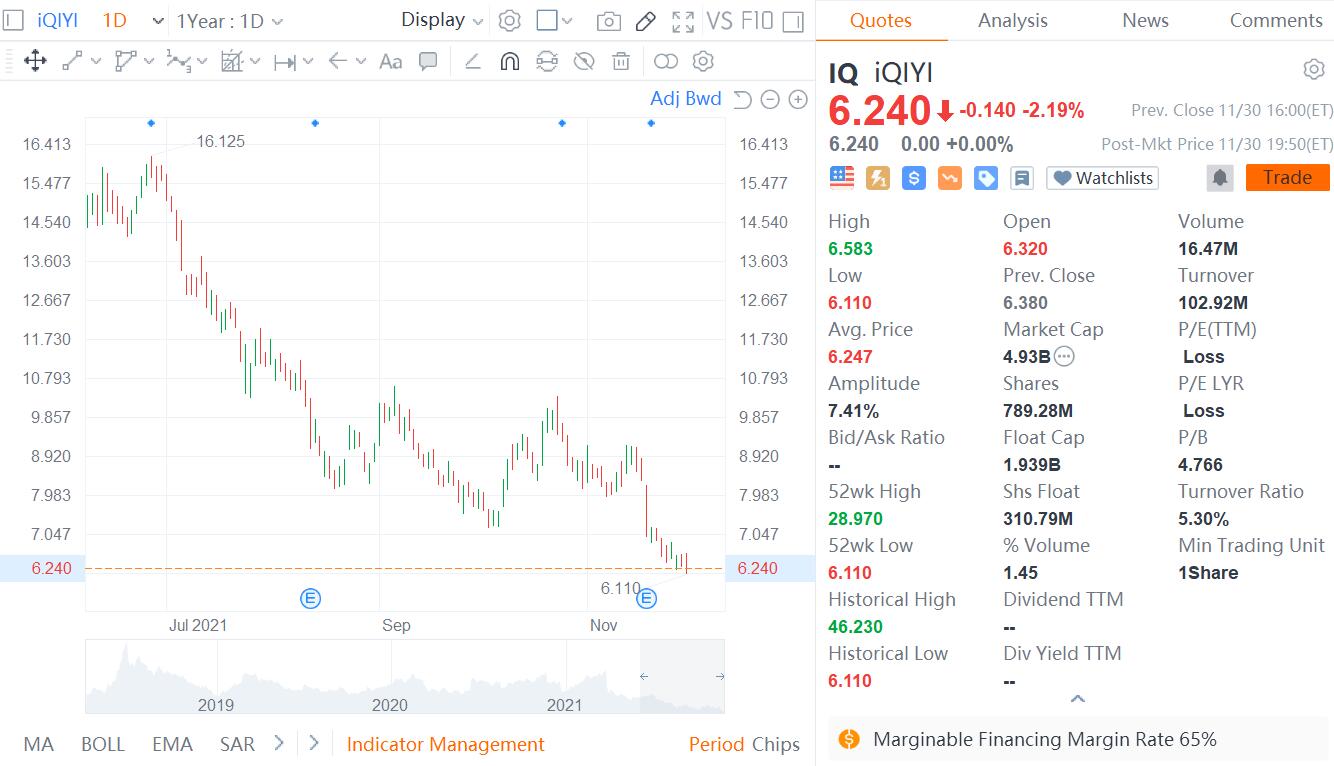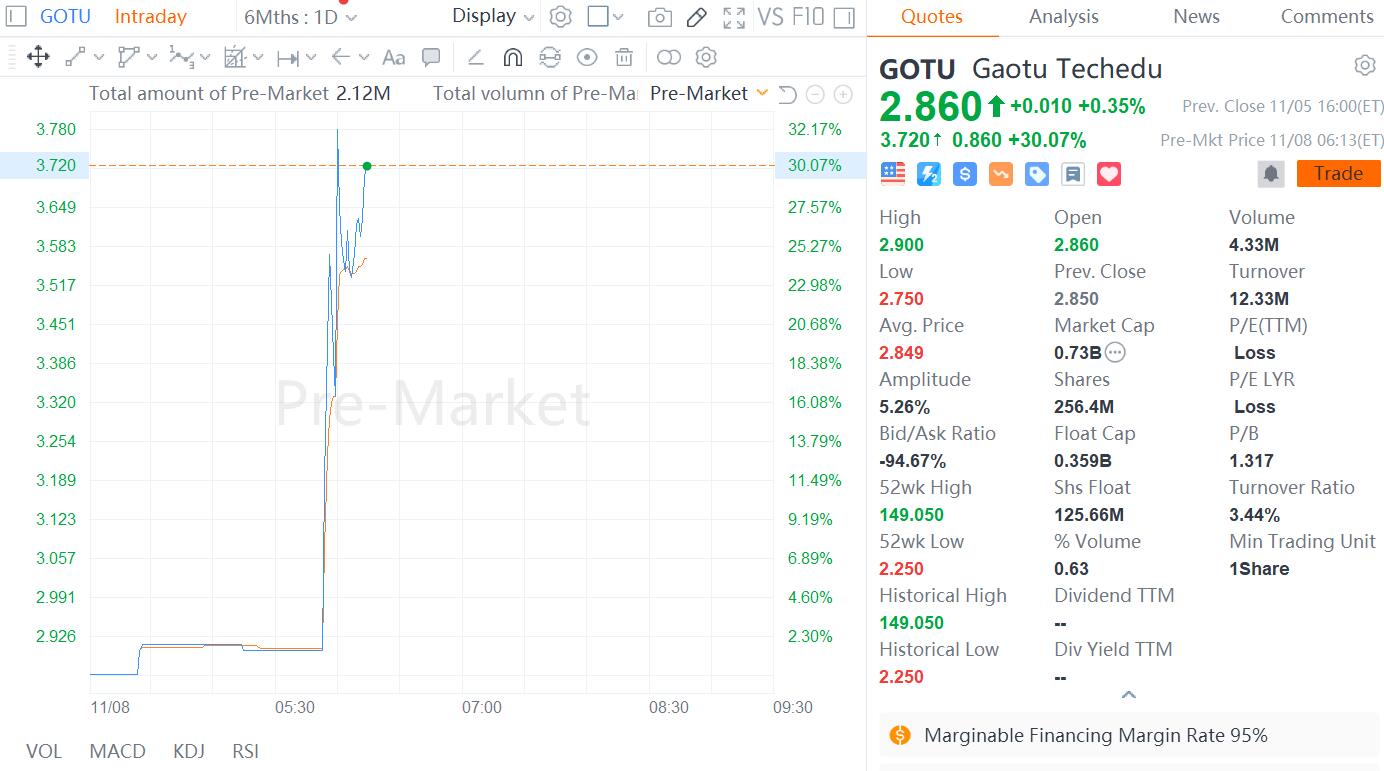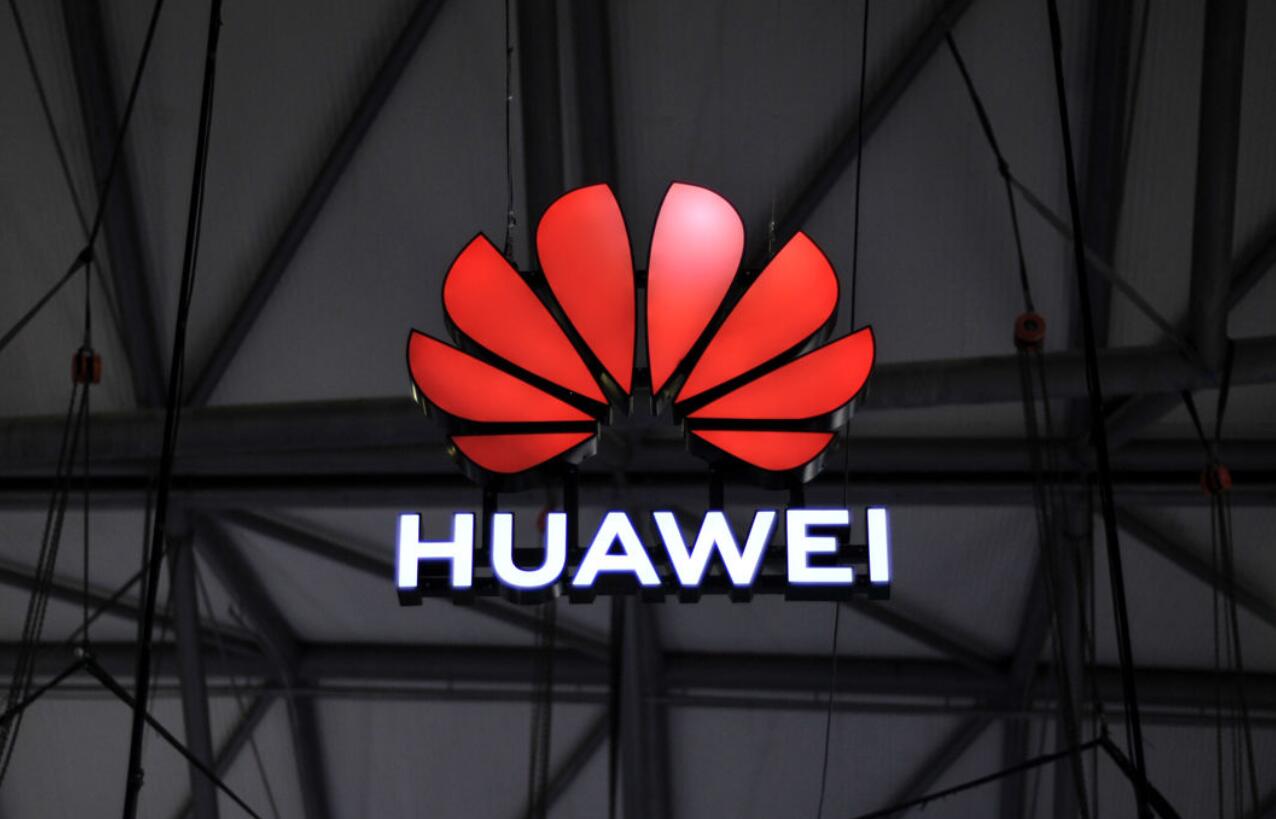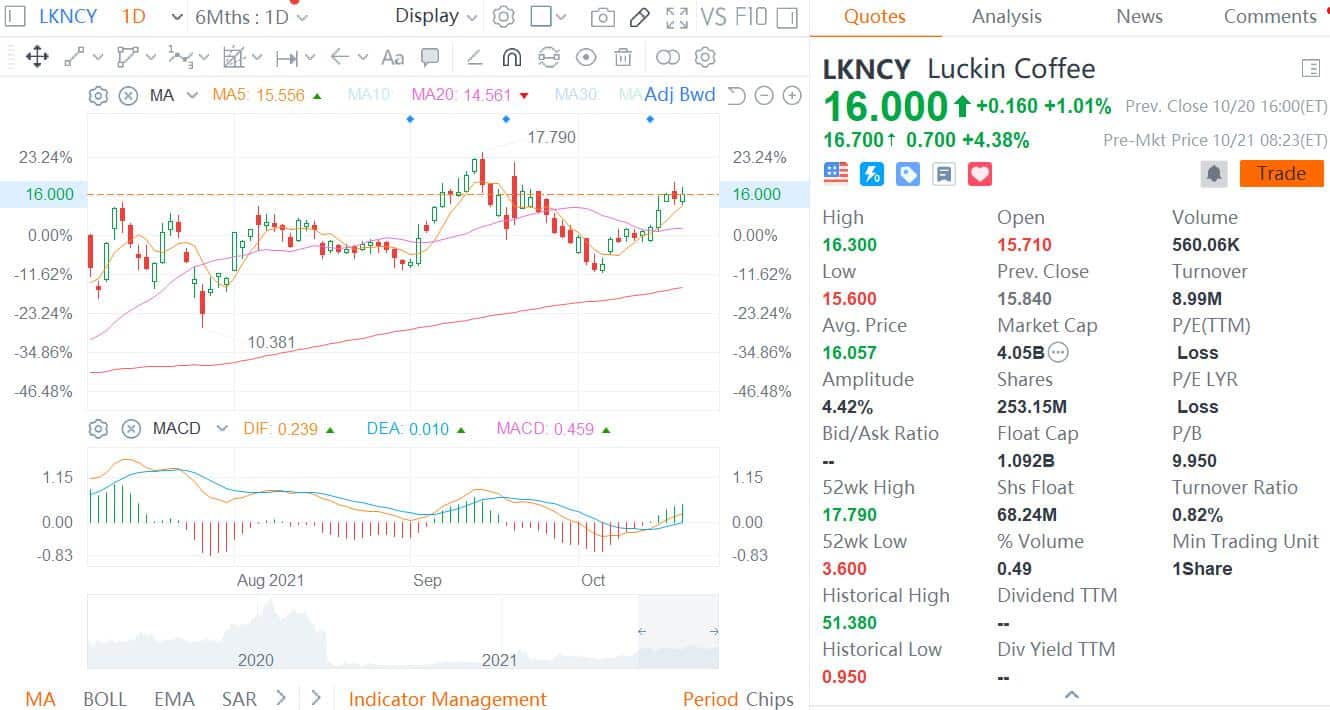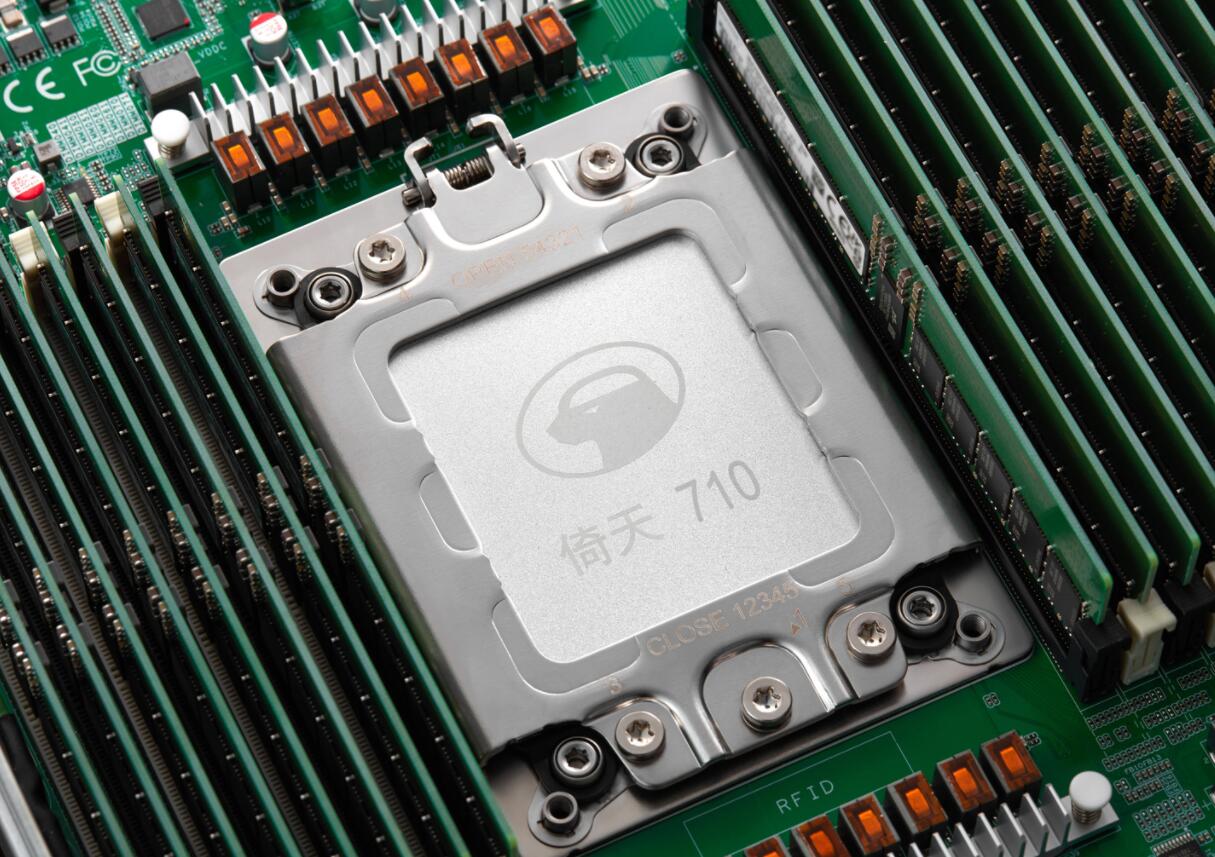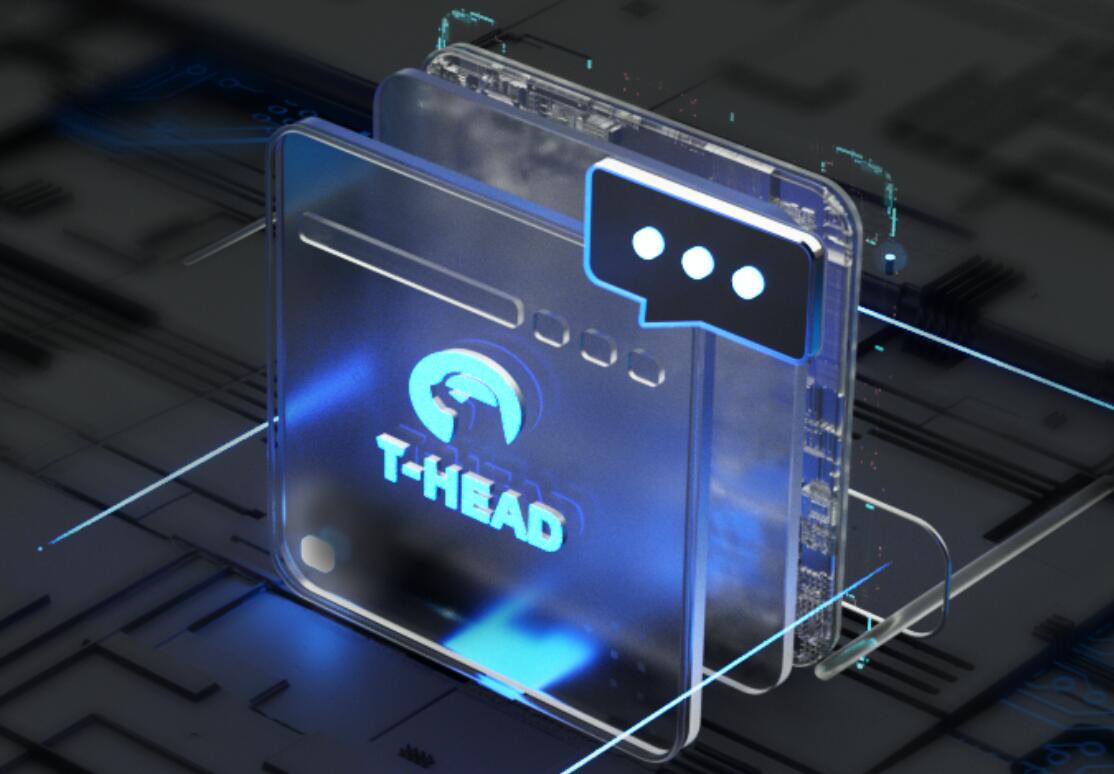Today, a leading academic journal, Cell, published an online paper on the new coronavirus, revealing key proteins required for it to invade cells.
The article points out that a clinically proven protease inhibitor has shown inhibitory effects in cell experiments and is expected to be a potential treatment option.
It is worth noting that although this article has been peer reviewed and accepted by Cell, the final proofreading work has not been completed, so there may be some details errors in the article.
According to Cell, the reason why this article was published in advance was to let more people see the information as early as possible. Here is the full paper: Link.
Since the outbreak of the new coronavirus, scientists have done a lot of research work, and also revealed the sequence similarity between the new coronavirus and SARS virus.
Therefore, some scientists have speculated that the similarity in these sequences may indicate that the two coronaviruses invaded cells are similar.
Specifically, the S protein of coronavirus is the siege hammer of invading cells. Among them, the S1 subunit can bind to receptors on the cell surface, allowing the virus to connect to the cell.
At the same time, under the action of protease, specific sites of the S protein will be cut open to promote the fusion of the virus envelope and the cell membrane, thereby allowing the virus to enter the cell.
From past experience, SARS virus binds to the cell surface ACE2 receptor, and invading cells also require the action of a protease called TMPRSS2.
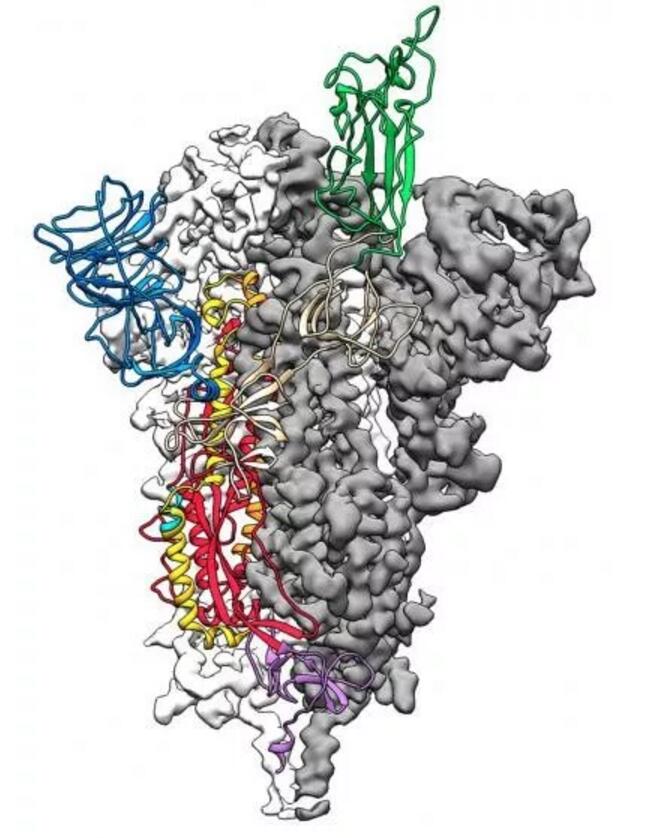
Considering the sequence similarity between the new coronavirus and SARS virus, many people also guess that the new coronavirus also uses the ACE2 receptor.
In fact, some recent studies have also provided a lot of evidence to support this claim. For example, the S protein of neocrown virus has a high affinity with the ACE2 receptor, and the structure of the cryo-electron microscope combined with the two has also been resolved.
So do the new coronaviruses and SARS viruses invade cells using the same receptors? The researchers first performed a quick experiment with the two viruses to infect a range of cells.
The results indicate that the cell types that the two viruses can infect are almost identical, suggesting that they may use similar cell receptors.
Subsequent sequence comparisons also revealed that several key amino acids that the SARS virus binds to the ACE2 receptor are also conserved in the new coronavirus.
For other coronaviruses that do not bind to ACE2, key amino acids in the receptor binding domain are not present in neocoronaviruses.
These results also support the idea that the new crown virus can bind to the ACE2 receptor.
Next, it is a key experiment.
The researchers used a special cell line called BHK-21.
Generally, it is not sensitive to SARS virus and new coronavirus, neither of which can effectively invade BHK-21 cells.
Subsequently, the scientists expressed the ACE2 receptor, DPP4 receptor (the receptor used by the MERS virus), and APN (another less severe coronavirus-bound receptor) in BHK-21 cells.
The results showed that only when the ACE2 receptor was expressed, the new coronavirus and SARS virus could effectively invade BHK-21 cells.
In addition, ACE2 inhibiting serum can also inhibit the invasion of BHK-21 cells by novel coronaviruses and SARS viruses.
These results strongly suggest that the ACE2 receptor is exactly the receptor that the new coronavirus needs to bind to invade cells.
The next question for the researchers is whether the new crown virus also uses a similar protease to cut S protein and invade cells like SARS virus.
For the SARS virus, both CatB/L and TMPRSS2 proteases can assist the virus invasion, and the latter is more critical.
In the study, scientists used a special cell line that does not express TMPRSS2 to individually assess the effects of CatB/L.
They found that when the activity of CatB/L was inhibited, both the new crown virus and SARS virus lost their ability to invade cells, suggesting that the catB/L protease also plays a role in the invasion of new crown virus.
On the other hand, researchers have also evaluated the effect of TMPRSS2, a protease.
They found that a protease inhibitor called camostat mesylate effectively inhibited TMPRSS2 activity and partially inhibited the invasion of cells by the new crown virus. If camostat mesylate is used in combination with a CatB/L inhibitor called E-64d, it can completely inhibit the process of invading cells.
Combining these results, the researchers believe that the new crown virus, like SARS virus, also needs CatB/L and TMPRSS2 proteases to invade cells.
Researchers pointed out during the discussion of the paper that camostat mesylate, which can inhibit TMPRSS2 activity, has been approved for marketing in Japan.
Although it is used for completely unrelated indications, some findings in this study still indicate that it may have antiviral potential and is a potential therapeutic idea.
We expect scientists to continue to explore in this direction and test this feasibility at an early date.


